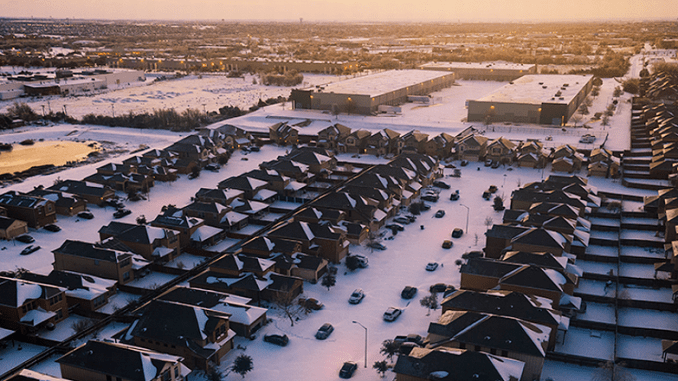
AUSTIN, Texas, February 6, 2022 (ENS) – The Texas Commission on Environmental Quality, TCEQ, has decided it is “unnecessary” to deploy agency personnel “to conduct prolonged handheld air quality and mobile monitoring of affected areas” during startup operations after industrial shutdowns due to emergencies such as hurricanes.
A new report by the Texas Commission on Environmental Quality examined several high-profile emergency events, including Hurricane Laura and Winter Storm Uri.
It suggests that such wide-scale regional deployment doesn’t work because “industrial facilities experiencing shutdowns and startups related to natural disasters do not restart their operations all at once.”
For their report, TCEQ staff derived data from stationary air monitors, mobile monitoring vehicles, handheld instruments, and emissions reports.
Summarized for the full Commission in a work session Thursday, the report provides details on TCEQ air monitoring efforts after emergency incidents over lengths of time from a few days, and in some cases, depending on conditions and air quality measurements, for weeks or even months following the initial event.

Few air quality impacts were found in the data. Of the 3.6 million monitoring data points collected after hurricanes and other natural disaster events, only 23 measurements were higher than a health-based comparison value, the TCEQ reports.
But the analysis does indicate that continued monitoring of air quality during and after an industrial incident with mobile vans and handheld devices “will generally remain necessary.”
“While each event is unique and TCEQ will tailor its response to meet specific conditions, data compiled in the analysis will be helpful in deploying resources more effectively,” says TCEQ Executive Director Toby Baker.
“In the future, we’ll be able to more efficiently provide monitoring without pulling unnecessary resources away from our mission-critical activities across the state,” Baker said.
Meanwhile, the “Texas Tribune” reported on February 24, 2021 that industrial plants in Texas released nearly as much pollution during Winter Storm Uri as during Hurricane Laura in 2020.
Oil refineries, chemical plants and other industrial operators emitted 3.5 million pounds of excess pollution during the winter storm and power crisis in Texas, according to an analysis of company notices provided to state regulators.
TCEQ maintains a network of more than 200 stationary air monitors across the state, each of which can include one or more samplers that measure for ozone, nitrogen oxides, particulate matter, carbon monoxide, sulfur dioxide, and lead, as well as air toxics such as benzene, toluene, and 1,3-butadiene. Network data can be viewed on the Geographical Texas Air Quality Monitoring, GeoTAM, website.
Featured image: As Winter Storm Uri hit last February, 69 percent, of Texans lost power and about 49 percent had disruptions in water service. The storm contributed to 210 deaths, and sources cited by the Federal Reserve Bank of Dallas estimated the state’s financial losses up to $130 billion. (Photo courtesy Texas Comptrollers Office)
© 2022, Environment News Service. All rights reserved. Content may be quoted only with proper attribution and a direct link to the original article. Full reproduction is prohibited.



